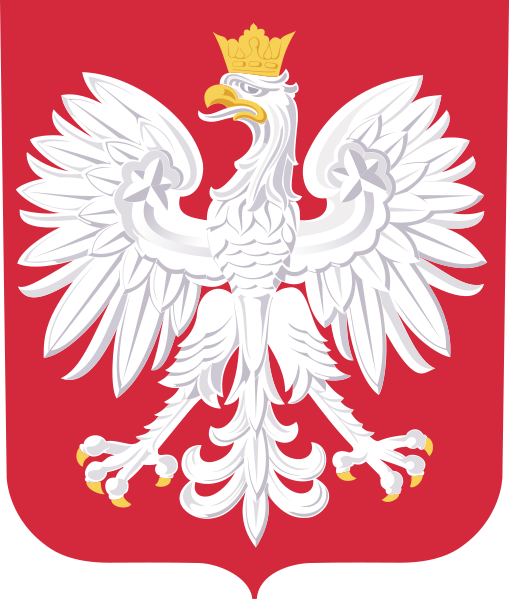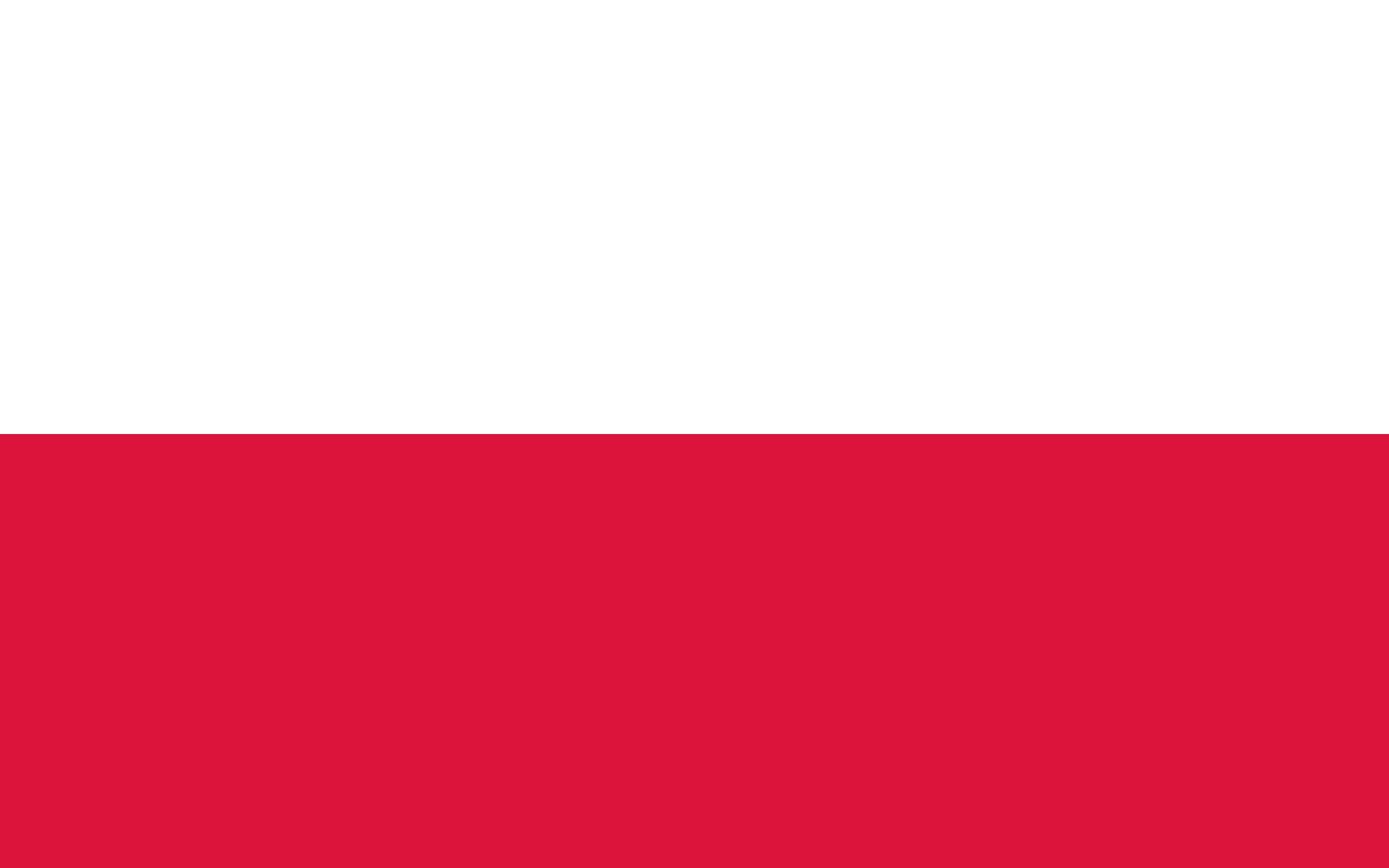Online first
Current issue
Archive
Most cited in 2024
About the Journal
Editorial Office
Editorial Board
Copyright and self-archiving policy
Information clause on the processing of personal data
Declaration of accessibility
Instructions for Authors
Instructions for Reviewers
Contact
Reviewers
2024
2023
2022
2020
2021
2019
2018
2017
2016
2015
2014
2013
Editing and translations
ORIGINAL PAPER
Estimation of effective doses derived from radon in selected SPA centers that use geothermal waters based on the information of radon concentrations
1
Instytut Medycyny Pracy im. prof. J. Nofera / Nofer Institute of Occupational Medicine, Łódź, Poland
(Zakład Ochrony Radiologicznej / Department of Radiological Protection)
Corresponding author
Katarzyna Walczak
Zakład Ochrony Radiologicznej, Instytut Medycyny Pracy im. prof. J. Nofera, św. Teresy 8, 91-348 Łódź
Zakład Ochrony Radiologicznej, Instytut Medycyny Pracy im. prof. J. Nofera, św. Teresy 8, 91-348 Łódź
Med Pr Work Health Saf. 2013;64(2):193-8
KEYWORDS
ABSTRACT
Background: Geothermal waters contain, among other components, soluble radon gas. Alpha radioactive radon is a health hazard to humans, especially when it gets into the respiratory tract. SPA facilities that use geothermal water can be a source of an increased radiation dose to people who stay there. Based on the available literature concerning radon concentrations, we assessed exposure to radon among people - workers and visitors of Spa centers that use geothermal waters. Material and Methods: Radon concentrations were analyzed in 17 geothermal centers: in Greece (3 centers), Iran (5), China (4) and India (5). Doses recived by people in the SPA were estimated using the formula that 1 hour exposure to 1 Bq/m3 of radon concentration and equilibrium factor F = 0.4 corresponds to an effective dose of 3.2 nSv. Results: We have found that radon levels in SPAs are from a few to several times higher than those in confined spaces, where geothermal waters are not used (e.g., residential buildings). In 82% of the analyzed SPAs, workers may receive doses above 1 mSv/year. According to the relevant Polish regulations, people receiving doses higher than 1 mSv/year are included in category B of radiation exposure and require regular dosimetric monitoring. Doses received by SPA visitors are much lower because the time of their exposure to radon released from geothermal water is rather short. Conclusions: The analysis of radon concentration in SPA facilities shows that the radiological protection of people working with geothermal waters plays an important role. It seems reasonable to include SPA workers staying close to geotermal waters into a dosimetric monitoring program. Med Pr 2013;64(2):193–198
We process personal data collected when visiting the website. The function of obtaining information about users and their behavior is carried out by voluntarily entered information in forms and saving cookies in end devices. Data, including cookies, are used to provide services, improve the user experience and to analyze the traffic in accordance with the Privacy policy. Data are also collected and processed by Google Analytics tool (more).
You can change cookies settings in your browser. Restricted use of cookies in the browser configuration may affect some functionalities of the website.
You can change cookies settings in your browser. Restricted use of cookies in the browser configuration may affect some functionalities of the website.





